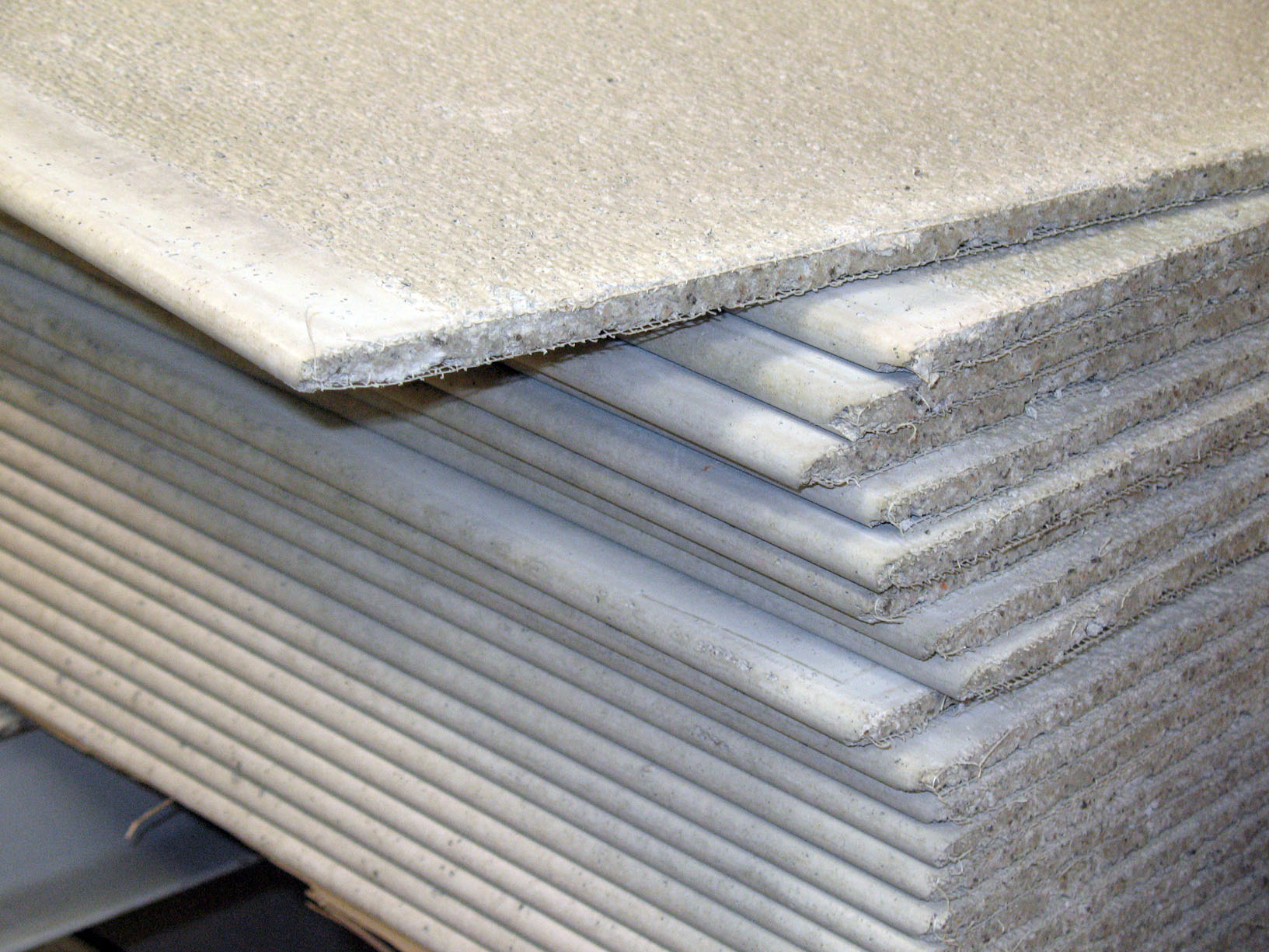Which is Better? Cement Backer Board or Uncoupling Membrane
Cement backer board and uncoupling membrane are among the commonly used tile underlayment options. This blog compares the qualities of both these underlayment materials with an aim to help you decide which one would be the right choice for your project –
Cement Board –
- Cement boards make an excellent replacement for traditional mortar bed.
- If you are sure about which underlayment material you should pick, this is the material you should go with. It makes a suitable choice for almost any indoor or outdoor tile project. It provides dependable protection from leakage and moisture even in bathrooms and other wet and watery areas of your home. And cement back board has better load capacity as compared to other materials.
- It is quite a durable material for underlayment. It does not break or get damaged even because of mold or mildew growth.
Uncoupling Membrane –
- Uncoupling membrane is water-resistant and waterproof. It does not allow water and moisture to seep through and cause any damage to the subfloor or floor base.
- Uncoupling membrane is a lot a easier to install. Additionally, it does not take much time for installation. On the other hand, you have to allow the cement board to dry, settle, and harden before adding the layer of tiles over it.
- It helps prevent cracks and damages on tiles caused by contraction and expansion because weather change.
If you are installing tiles on concrete base, which is in
good condition or freshly built, you don’t actually need a backer board in your
project. However, you can use it to enhance the performance of your tile floor.
This blog has been brought to you by MosaicsAndTile.com, one
of the leading tile suppliers in US.



Comments
Post a Comment